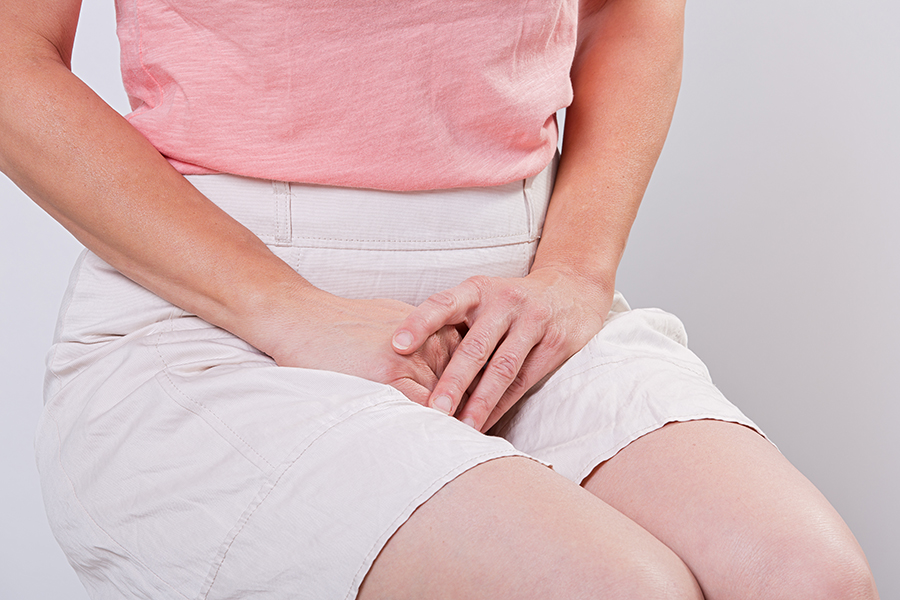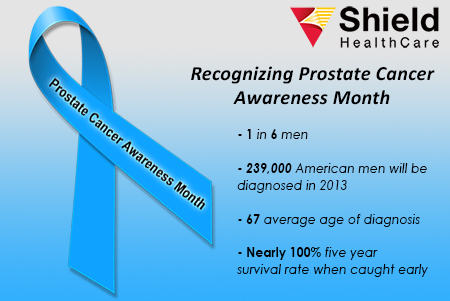According to the National Association for Incontinence, more than 200 million people worldwide experience the effects of bladder leakage. Of the 25 million adults suffering from some form of urinary incontinence in the United States, nearly 75 to 80% are women. As common as this may seem, many find difficulty discussing the topic. After all, talking about toilet habits or bodily waste isn’t always at the top of the list for conversation starters. But why the social stigma?
Despite the fact that millions live with incontinence, the word alone can be uncomfortable. Many don’t discuss it, admit they have it or seek treatment for it. The onset of incontinence can be associated with feelings of embarrassment and shame, feelings of loss of control and feelings of helplessness. The nature of the condition often carries a silent burden, and individuals who suffer from incontinence will often go to great lengths to keep it a secret.
Not only does the individual have to experience physical symptoms of incontinence, it is often accompanied by what Nancy J. Norton, President, International Foundation for Functional Gastrointestinal Disorders, refers to as a “second illness” – the reactions of the social environment and the stigma associated with the disorder.
“Stigmatization is a dimension of suffering added to the illness experience and has been found to lead to social isolation, limited life chances and delayed help-seeking,” states Norton during her presentation at the National Institutes of Health State-of-the-Science Conference on Prevention of Fecal and Urinary Incontinence in Adults.
How can we help break down these barriers in order to reach patients and improve the standards of prevention and care?
It begins with knowledge. Knowledge empowers individuals, and educating patients about the realities of incontinence can make the issue less “scary.” Physicians can help discuss the issue explaining the causes of incontinence, how it works and how common incontinence is.
In the last 20 years, we have gained a greater understanding of the impact of incontinence on the physical well-being of individuals. New tools for assessment have emerged to help improve the quality of life for those living with incontinence. In the last decade, there has been more visibility and education with regards to incontinence. And the good news is, most cases of incontinence are treatable and manageable.
The International Continence Society did a study in 2005 regarding population-based prevention. They suggested “primary prevention should be the goal of all healthcare professionals as it means taking an active part in preventing the initial development of incontinence.” They also suggested that all “preventive measures require a high level of community awareness, public education and health professional education.”
While you may feel alone, you aren’t. Although you may want to avoid getting help, there are professionals who can help. Even though your day may feel exhausting, there is hope. Millions of individuals live with incontinence, and learning more about the condition will help you better understand your options for management and treatment. Some types of incontinence are permanent, and others are temporary – but gaining control begins with understanding why it happens. Together with your physician, you can come up with a treatment plan and make the unmanageable, manageable.
You may find these and other articles related to incontinence helpful:
Request Your Free Copy of Our Living Well with Incontinence Guide
- Recorded Webinar – Reducing the Stigma: Social and Emotional Challenges of Living with Incontinence
- Famous People with Incontinence
- What Is Incontinence
- Types of Incontinence
- Common Incontinence Terms
Sources:
National Association for Continence
International Foundation for Gastrointestinal Disorders
Shield HealthCare | Stronger with Shield






















